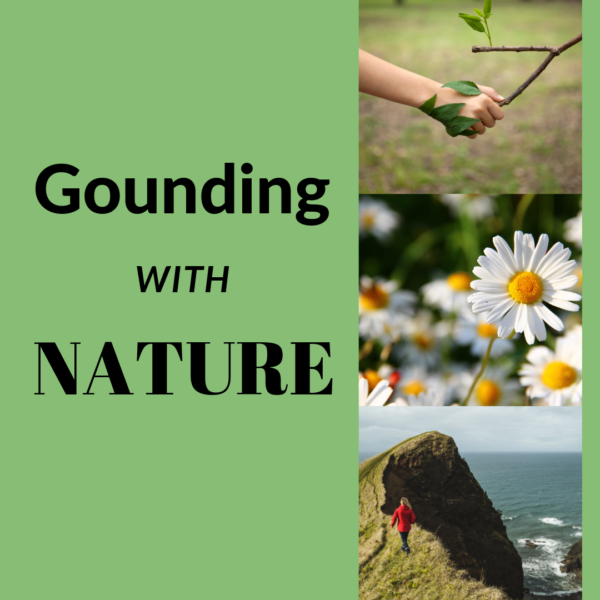Broken Heart Syndrome

“No other organ, perhaps no other object in human life, is as imbued with metaphor and meaning as the human heart. Over the course of history, the heart has been a symbol of our emotional lives… The very word “emotion” stems in part from the French verb ‘émouvoir’, meaning ‘to stir up.’ And perhaps it’s only logical that emotions would be linked to an organ characterized by its agitated movement.” (Jauhar) We at Unified Caring Association (UCA) continue to research and learn more about caring for others and for ourselves. In this journey we discovered a well spoken TedTalk by Sandeep Jauhar, a cardiologist and writer. In his presentation, we hear about how our emotions can in fact change the shape of our hearts.
The TedTalk from the Heart
Doctor Jauhar eloquently leads us on a journey during his speech. He recounts stories and examples of how the heart is affected by the mind and emotions felt by patients who are extremely happy or sad. “…we have come to understand that the connection between the heart and the emotions is a highly intimate one. The heart may not originate our feelings, but it is highly responsive to them.” (Jauhar) Doctor Jauhar continues on to explain how the nerves that control our unconscious processes like our heartbeat, can sense distress. This distress can trigger an abnormal fight-or-flight response that is often seen by signs similar to heart failure. Some examples are blood vessels constrict. The heart rate begins to gallop and there is an increase in blood pressure. All of these symptoms often result in damage.
In recent history we have been more prone to seeing doctors uphold a scientific biological approach to heart. However with newer research and imagery we can literally see the heart organ change shape in response to emotions. “[The heart is] more the domain of doctors like me, wielding technologies that even a century ago… were considered taboo. In the process, the heart has been transformed … into a machine that can be manipulated and controlled.” Doctor Jauhar states that there is a golden nugget resulting from this breakthrough. These techniques and solutions that doctors are currently prescribing to their patients need to be complemented by caring attention to the emotional well-being. This is reflecting upon the descriptions of the heart dating back to classical history. This is an era where it was believed that the heart was the seat of all thoughts and emotions; our lifeline.
To help explain this concept of how emotional health aids physical heart health, Doctor Jauhar cites a study published in the British journal “The Lancet” in 1990 called Lifestyle Heart Trial. This was a study based on a group of patients that had coronary (heart) disease. A portion of the group was given a ‘standard’ treatment plan (a.k.a. the control group). The other portion of the group was given an intense set of lifestyle changes. These changes included diet and exercise, stress management assistance, and support group activities. In the end, the group that was prescribed the intensive lifestyle changes by far was healthier than the control group. What is also interesting is “…some patients [placed] in the control group adopted diet and exercise plans that were nearly as intense as those in the intensive lifestyle group. Their heart disease still progressed. Diet and exercise alone were not enough to facilitate coronary disease regression. At both one-year and five-year follow-ups, stress management was more strongly correlated with reversal of coronary disease than exercise was.” (Jauhar)
Broken Heart Syndrome
It appears that Doctor Jauhar is correct when he says, “…the emotional heart intersects with its biological counterpart in surprising and mysterious ways.” (Jauhar) This is best seen through a heart disorder that came on the scene about 20 years ago called “takotsubo cardiomyopathy”-“broken heart syndrome.” This is a disorder where the heart acutely weakens in response to intense stress or grief. Some examples of this syndrome are the sudden end of a romance or the death of a loved one, and even during a large widespread social upheaval, like a natural disaster. Doctor Jauhar displays a picture on the screen behind him of a normal heart, a broken heart and a takotsubo urn for which the syndrome is named.














